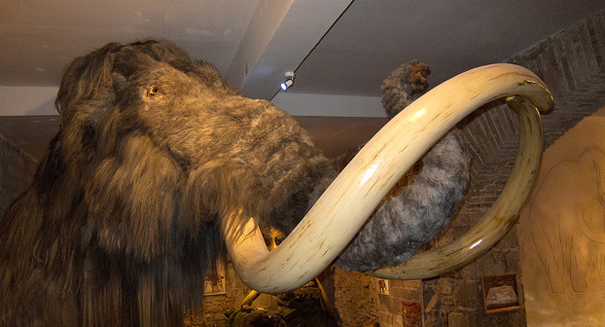
Scientists could bring back the woolly mammoth in the foreseeable future -- although researchers question whether such a thing should ever be carried out.
The woolly mammoth has been extinct for thousands of years, and most people think it should probably stay that way — although scientists have found that there may be a way to bring it back.
A new study on mammoth genetics that compares the hairy beast to their cousins, the Asian and African elephants, has isolated what genes separate the cold-weather creature from its warm-weather cousins, according to a Register report.
It’s the most comprehensive study yet on the genetic changes that resulted in the woolly mammoth, and could provide insight on how elephants and mammoths survive in such different environments.
This study provides a good model for understanding morphological evolution. Mammoths apparently have become fatter and harrier than elephants via a gene called TRPV3, a gene that produced a protein that doesn’t respond to heat as much. When the gene is silenced in mice, scientists have found that the mice prefer colder environments and tend to sport wavier hair.
Of course, there’s only one way to know the truth: resurrect a full-sized woolly mammoth, and eventually scientists think they’d be able to do it. But just because they can doesn’t mean they will: many scientists think the mammoth should remain extinct and the environment in which it lived has permanently changed. Scientists should focusing on animals that are still alive instead.
The last of the surviving mammoths are believed to have died out about 4,300 years ago. They were massive creatures, with the largest reaching heights of 13 feet at the shoulder and weighing up to 12 tonnes — although most species were about as large as the modern Asian elephant, which is less than 10 feet high at the shoulder and isn’t usually heavier than 5.4 tonnes.